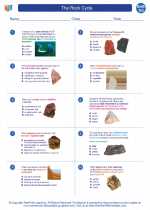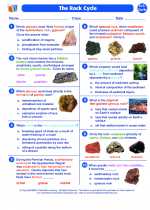Coastlines
Coastlines are dynamic and ever-changing features at the interface between the land and the sea. They are shaped by a combination of geological, oceanographic, and atmospheric processes, and are home to a wide variety of landforms, ecosystems, and human activities.
Formation of Coastlines
Coastlines are formed through the interaction of various processes, including erosion, deposition, weathering, and tectonic activity. Erosion by waves, currents, and wind can wear away coastlines, while deposition of sediments can build them up. Tectonic activity, such as the movement of tectonic plates, can also significantly influence the formation of coastlines.
Types of Coastlines
Coastlines can be classified into several types based on their geological and morphological characteristics. These include rocky coastlines, sandy coastlines, and estuarine coastlines. Each type has distinct features and is shaped by different processes.
Coastal Landforms
Coastlines are home to a variety of landforms, including beaches, cliffs, dunes, spits, and lagoons. These landforms are the result of the complex interaction between geological processes and the forces of the ocean and atmosphere.
Coastal Erosion and Management
Coastlines are vulnerable to erosion, which can be exacerbated by human activities and climate change. Coastal management strategies, such as the construction of seawalls, beach nourishment, and dune stabilization, aim to mitigate the impacts of erosion and protect coastal communities and infrastructure.
Human Interaction with Coastlines
Coastlines are important for human activities such as tourism, fishing, shipping, and recreation. However, human development and pollution can also have negative impacts on coastal ecosystems and the overall health of coastlines.
Study Guide
- What are the main processes that shape coastlines?
- Describe the formation of a sandy coastline.
- Explain the impact of tectonic activity on coastline formation.
- Compare and contrast rocky and sandy coastlines in terms of their landforms and erosion processes.
- Discuss the importance of coastal management in mitigating erosion and protecting coastal communities.
Understanding coastlines involves knowledge of geological processes, oceanography, and human interactions with the environment. It is an interdisciplinary field that integrates concepts from earth science, geography, and environmental studies.
For further study, consider exploring specific case studies of coastal regions, examining the impacts of climate change on coastlines, and investigating the cultural and historical significance of coastlines in different societies.
[Coastlines] Related Worksheets and Study Guides:
.◂Earth Science Worksheets and Study Guides High School. The Rock Cycle

 Worksheet/Answer key
Worksheet/Answer key
 Worksheet/Answer key
Worksheet/Answer key
 Worksheet/Answer key
Worksheet/Answer key
 Vocabulary/Answer key
Vocabulary/Answer key
 Vocabulary/Answer key
Vocabulary/Answer key
 Vocabulary/Answer key
Vocabulary/Answer key
